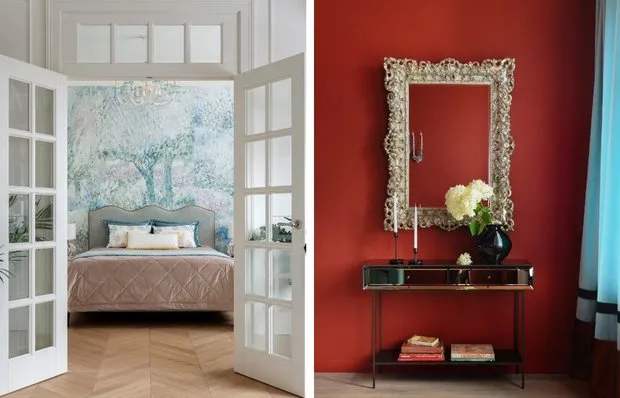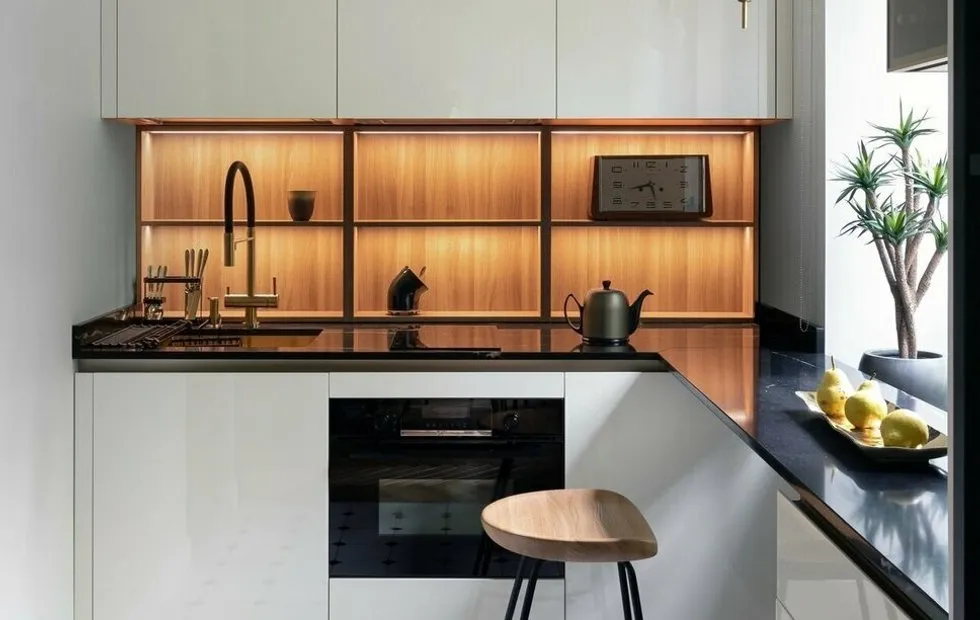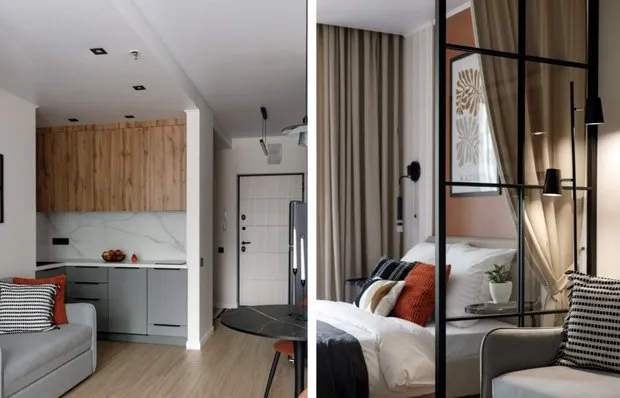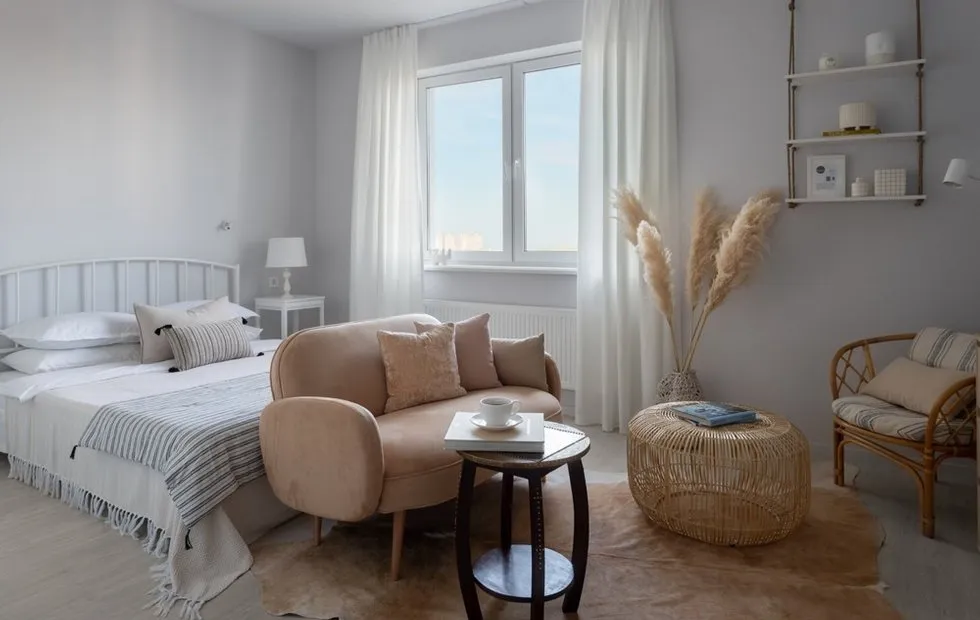There can be your advertisement
300x150
Why Your Child Doesn't Want to Do Homework: 7 Mistakes in Organizing a Child's Room
Sometimes the problem isn't with the child, but rather that we ask them to be productive in an unproductive environment
"Go do your homework!" — and half an hour later you find your child playing with toys, staring out the window, or drawing anything on the pages of their textbooks except solving problems. Sounds familiar? Before blaming your child for laziness, take a closer look at their study space. Child psychologists claim that in 70% of cases, the problem isn't unwillingness to learn but rather an incorrectly organized space that hinders concentration.
Main points from the article:
- Clutter on the desk reduces concentration by 40% — the brain expends energy sorting out chaos;
- Incorrect lighting causes fatigue within 20 minutes of study;
- Bright colors in the workspace overstimulate children's nervous systems;
- Positioning a desk by a window with a view to the yard creates constant distractions;
- Lack of clear boundaries between play and study zones prevents the brain from switching modes.
Error #1: The Study Desk Is a Dump for Everything
Take a look at your child's desk right now. Textbooks mixed with toys, markers next to leftover crumbs from yesterday’s cookies, and collections of candy wrappers between notebooks? Neuroscientific studies show that clutter on the workspace decreases focus by 40%.
A child's brain is not yet capable of efficiently filtering information. Every extra item on the desk becomes a potential distraction. The child sits down to do math, but their eyes are drawn to a bright toy, and thoughts wander away from the problems.
The solution is simple: only items needed for a specific lesson should be on the desk. Everything else goes into boxes, shelves, or containers. A storage system isn't luxury—it's a necessity for effective studying.
Error #2: Light That Kills the Desire to Study
One overhead ceiling light is a classic mistake among parents. With such lighting, shadows fall onto the notebook from the hand, eyes get tired quickly, and after 20 minutes, the child may be yawning not out of boredom but from simple visual fatigue.
Proper lighting for a child’s room involves a combination of general and localized light. A desk lamp with 60–80 watts should be placed to the left for right-handed and to the right for left-handed children. However, general room lighting is also necessary — a sharp contrast between a well-lit desk and dark room adds extra strain to the eyes.
Natural light can also be tricky. A desk by a window may seem like the perfect solution, but sunlight reflections on white paper cause pupils to constantly narrow and widen. Result? Headaches and reluctance to continue lessons.
Error #3: Color Chaos Instead of Calm
Pink walls, green table, blue chair, red shelves — a child’s room turns into a rainbow that excites more than calms. Bright, saturated colors in the study zone overload a child’s nervous system, especially hyperactive ones.
Psychologists recommend using calm, muted tones in the study area: light blue, beige, soft green, cream. These colors promote concentration and don’t distract from the learning process.
Bright accents should be reserved for the play zone. Let there be as much red, orange, and violet as desired in that area. But the study space should foster a serious atmosphere, not fun.
 Design: Yucubedesign
Design: YucubedesignError #4: A Transformable Table for All Ages
A desk that a child sat at at age 6 is definitely not suitable for a 10-year-old student. Incorrect furniture height is a direct path to scoliosis, rapid fatigue, and unwillingness to study.
Proper proportions: when the child sits, their forearms should lie freely on the desk, and their legs should be standing on the floor at a right angle. If the legs dangle, a footrest is needed. If the child slouches or leans forward toward the desk, it's time to change the furniture.
Chairs on wheels are also a mistake. The child will spin, bounce, and get distracted. A stable chair with proper back support is the foundation of productive study.
Error #5: Window to the Yard as the Main Enemy of Concentration
"What a beautiful view from the window!" — parents think, placing the desk facing a window with a view to the playground or a busy street. Then they wonder why the child keeps getting distracted by what's happening outside.
Movement, sounds, other children in the yard — all these are powerful distractions. A child's brain simply cannot ignore external stimuli, especially when they're more interesting than boring math problems.
The best spot for a desk is against the wall, perpendicular to the window. Natural light falls from the side, but the view of the street doesn’t distract. If no other option exists, use blinds or light curtains to limit visibility during lessons.
 Design: Ekaterina Kotalevskaya
Design: Ekaterina KotalevskayaError #6: Toys in the Field of Vision
A bright collection of toys on shelves right in front of the eyes — and now the child is mentally playing with their favorite transformer instead of solving problems. The principle "out of sight, out of mind" works just as well for a child’s concentration.
There should be nothing in the study zone that might distract: toys, posters with favorite characters, collections, souvenirs. All of this looks great in the play area but not at the study desk.
The only exception is one small motivational element: a beautiful calendar, an inspiring quote, or a family photo. Nothing more!
Error #7: Lack of Clear Boundaries Between Zones
A child’s room without zoning is chaos in the child’s mind. The brain doesn’t know: are we playing or studying? As a result, the child wants to study in the play area and play in the study zone.
Clear separation of space helps the brain switch between modes. This can be a shelf, a screen, different wall colors, or just a rug marking the play zone.
It's important to teach the child a ritual: sitting at the desk means study time. Getting up from the desk means it's playtime. No in-between states where lessons are done lying on the bed or playing at the study desk.
How to Fix the Situation Over the Weekend
Good news: most of these mistakes can be corrected in just one weekend without major expenses. A general clean-up of the desk, a proper desk lamp from IKEA for 1500 rubles, organizers for stationery, and clear zone separation — and you'll be amazed at how the child's attitude toward homework changes.
Remember: space shapes habits. By creating the right environment for studying, you not only help your child concentrate better but also lay the foundation for self-discipline and organization that will serve them throughout their life.
Sometimes the problem isn't with the child, but rather that we ask them to be productive in an unproductive environment. Fix the space — and results won’t keep you waiting.
Cover: Design project by Natasha Sedova
More articles:
 5 Ideas for Decorating a Cozy Bedroom That You Can Replicate at Home
5 Ideas for Decorating a Cozy Bedroom That You Can Replicate at Home 6 Great Ideas for Organizing Storage in Small Apartments
6 Great Ideas for Organizing Storage in Small Apartments Before and After: 5 Impressive Kitchen Transformations
Before and After: 5 Impressive Kitchen Transformations Before and After: Stunning Transformation of a Living Room in a 60 sqm Apartment
Before and After: Stunning Transformation of a Living Room in a 60 sqm Apartment 6 Tricks That Visually Expand a Small Kitchen
6 Tricks That Visually Expand a Small Kitchen How to Organize Space in a Small Apartment: 7 Great Design Solutions
How to Organize Space in a Small Apartment: 7 Great Design Solutions Balcony as Office: Transforming 3 m² into a Fully Functional Workspace
Balcony as Office: Transforming 3 m² into a Fully Functional Workspace 7 Mistakes in Planning That 90% of Owners Regret After a Year
7 Mistakes in Planning That 90% of Owners Regret After a Year